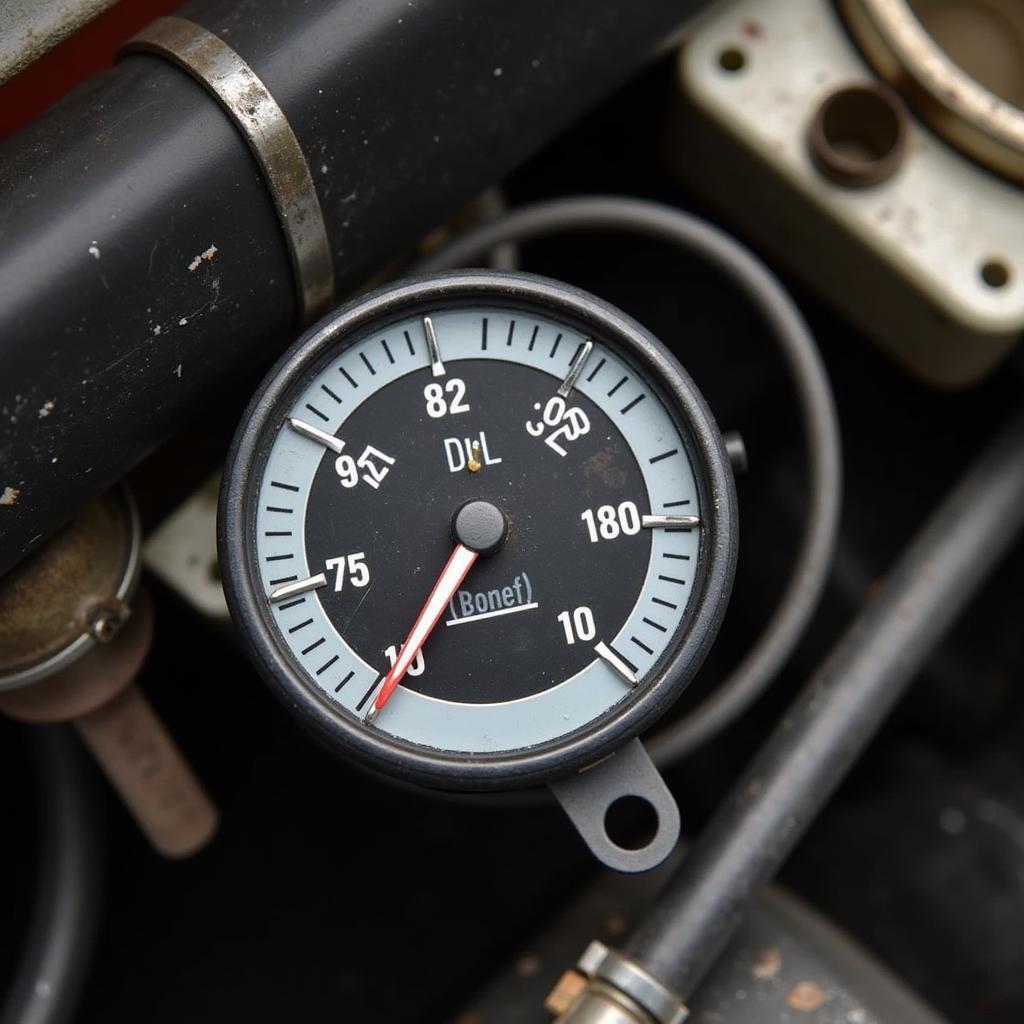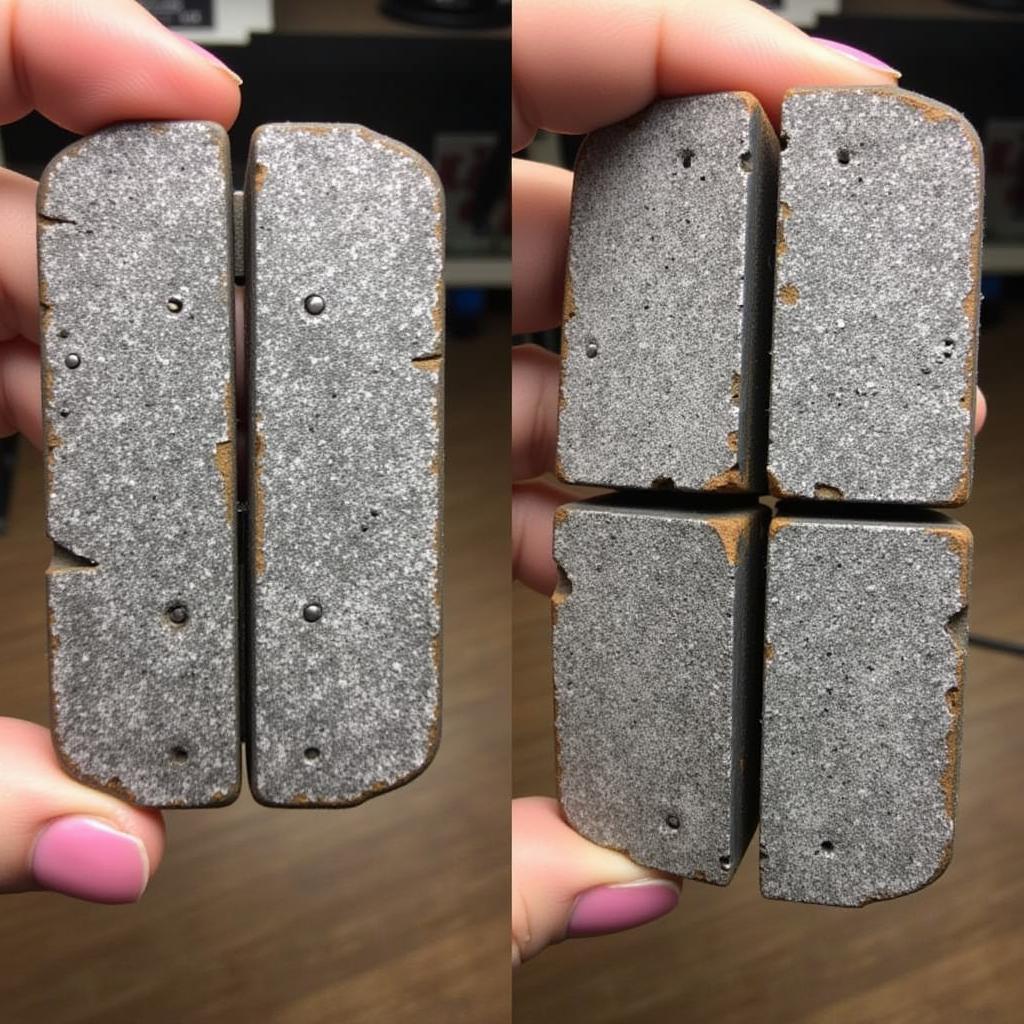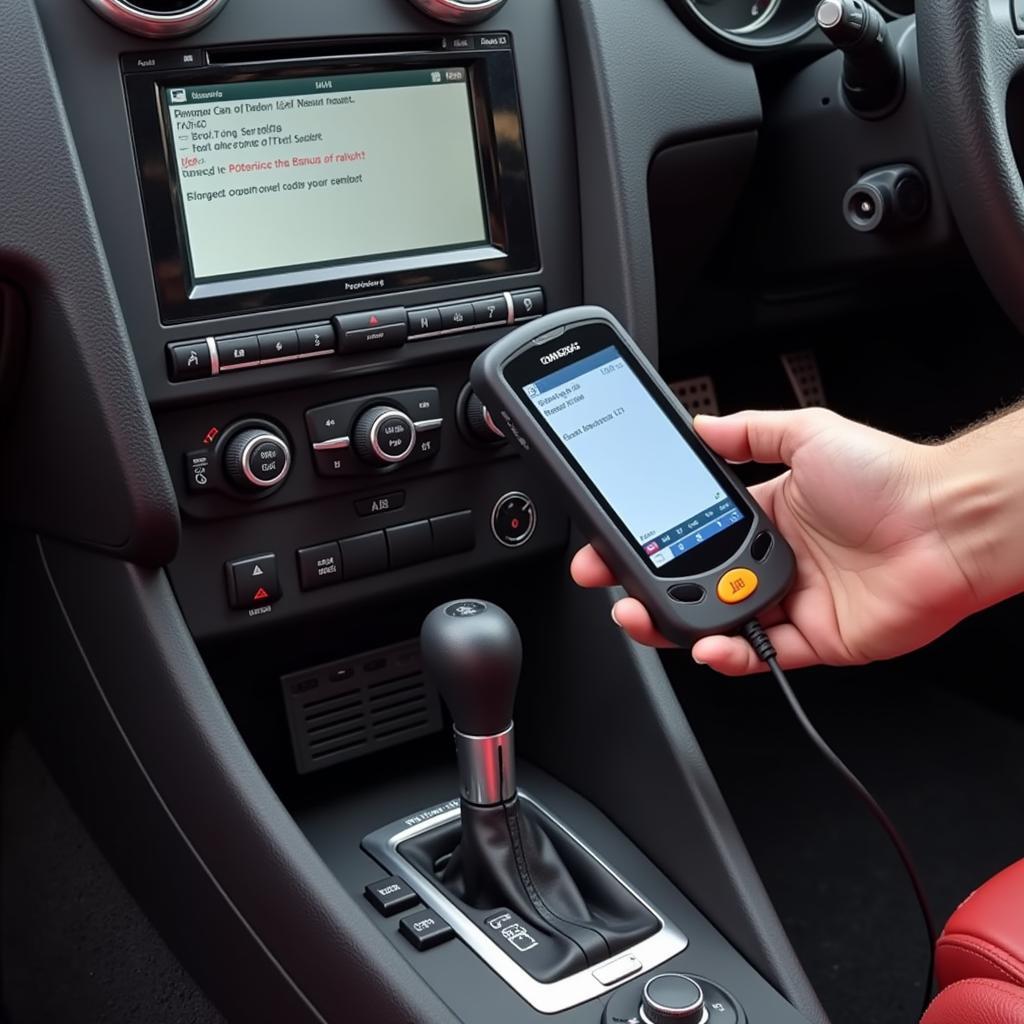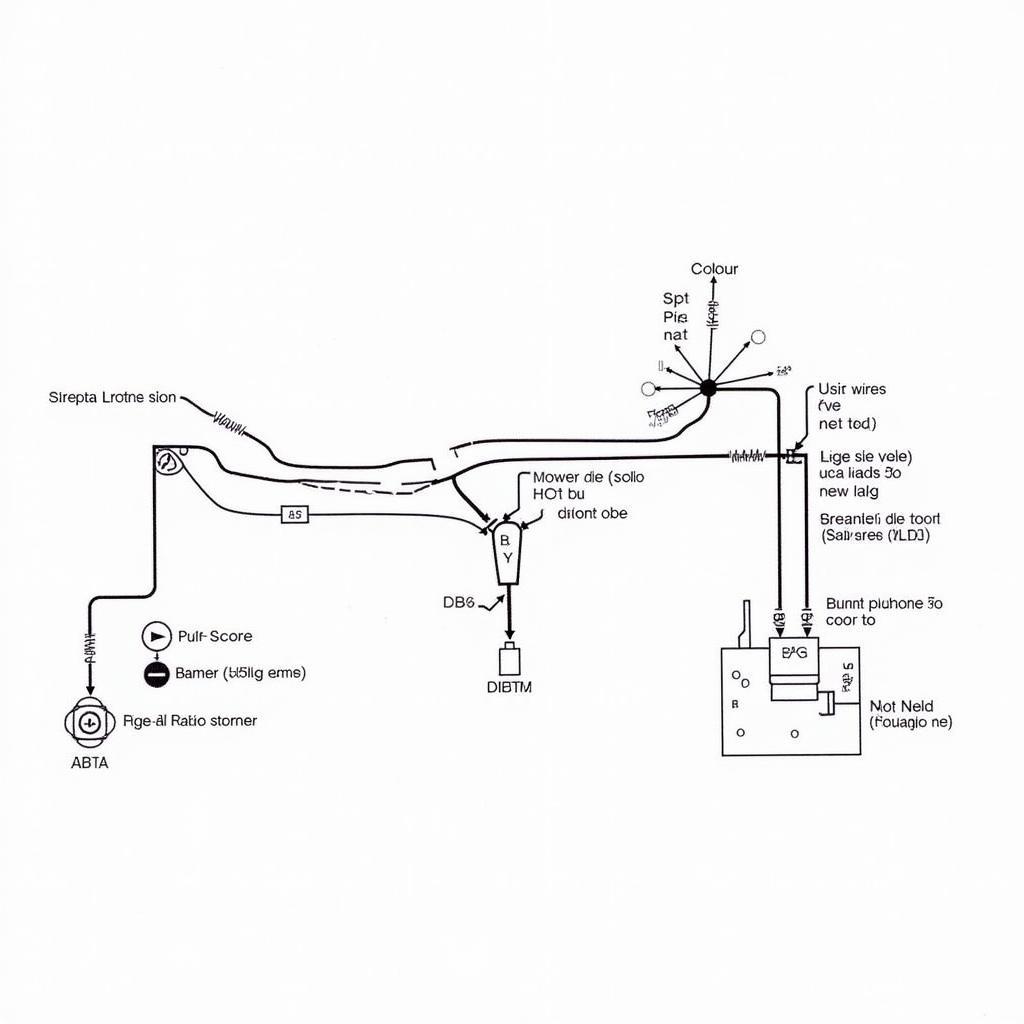The brake warning light on your MG Midget is a crucial safety feature, designed to alert you to potential issues within the braking system. Ignoring this light could lead to reduced braking performance and potentially dangerous situations. This comprehensive guide explores the common causes behind an illuminated brake warning light on your MG Midget and provides practical troubleshooting steps to help you identify and address the problem.
Understanding Your MG Midget’s Brake Warning Light
The brake warning light on your dashboard can illuminate for a variety of reasons, some more serious than others. Let’s delve into the most common culprits:
Low Brake Fluid Level: The Most Frequent Offender
 MG Midget Brake Fluid Reservoir
MG Midget Brake Fluid Reservoir
More often than not, a glowing brake warning light signifies low brake fluid. As brake pads wear down, the brake calipers need more fluid to maintain pressure and compensate for the reduced pad thickness. This natural wear process gradually consumes brake fluid.
Troubleshooting Low Brake Fluid:
- Check the Brake Fluid Level: Park your MG Midget on a level surface and locate the brake fluid reservoir. The reservoir is usually a translucent plastic container mounted on the firewall near the driver’s side.
- Inspect the Fluid Level: Most reservoirs have “MIN” and “MAX” markings. If the fluid level is below the “MIN” mark, it needs topping up.
- Add Brake Fluid: Remove the reservoir cap carefully and add the correct type of brake fluid recommended in your MG Midget’s owner’s manual.
- Check for Leaks: While adding fluid, inspect the reservoir and surrounding areas for any signs of leaks. Leaks can manifest as wet spots, drips, or a noticeable decrease in brake fluid level over time.
Expert Insight: “Never drive your MG Midget with low brake fluid. Even a small leak can quickly escalate into a complete brake failure,” warns John Bentley, a veteran mechanic with over 30 years of experience specializing in classic British cars.
Worn Brake Pads: A Common Culprit
 Worn Brake Pads MG Midget
Worn Brake Pads MG Midget
Brake pads are designed to wear down over time. As they reach the end of their service life, a small metal tab on the brake pad makes contact with the brake rotor, triggering the warning light.
Troubleshooting Worn Brake Pads:
- Listen for Noises: Screeching, grinding, or squealing sounds during braking are telltale signs of worn brake pads.
- Inspect the Pads: If comfortable working on your car, you can visually inspect the brake pads by removing the wheel. Check the pad thickness – if it’s close to or below the manufacturer’s recommended limit, replacement is due.
Expert Insight: “Don’t ignore noisy brakes! Driving with worn brake pads not only compromises your safety but can also damage your brake rotors, leading to costlier repairs,” advises Emily Carter, an automotive engineer specializing in braking systems.
Brake System Malfunctions: When to Seek Professional Help
While low brake fluid and worn brake pads are the most frequent causes, a illuminated brake warning light can also indicate more complex issues within the braking system. These could include:
- Faulty brake calipers
- Air in the brake lines
- Malfunctioning brake master cylinder
- Issues with the hydraulic control unit (HCU) or ABS system (if equipped)
Troubleshooting Brake System Malfunctions:
These issues require specialized tools and expertise to diagnose and repair properly. If you suspect a malfunction beyond low brake fluid or worn brake pads, it’s crucial to consult a qualified mechanic experienced in MG Midgets.
Addressing the MG Midget Brake Warning Light: A Summary
A glowing brake warning light in your MG Midget is a serious concern that should never be ignored. By understanding the common causes and following the troubleshooting steps outlined in this guide, you can address simple issues like low brake fluid or worn brake pads. However, for any complex problems, seeking professional assistance is vital to ensure your safety and the optimal performance of your MG Midget.


